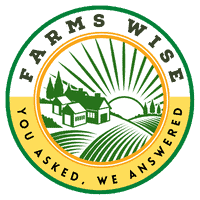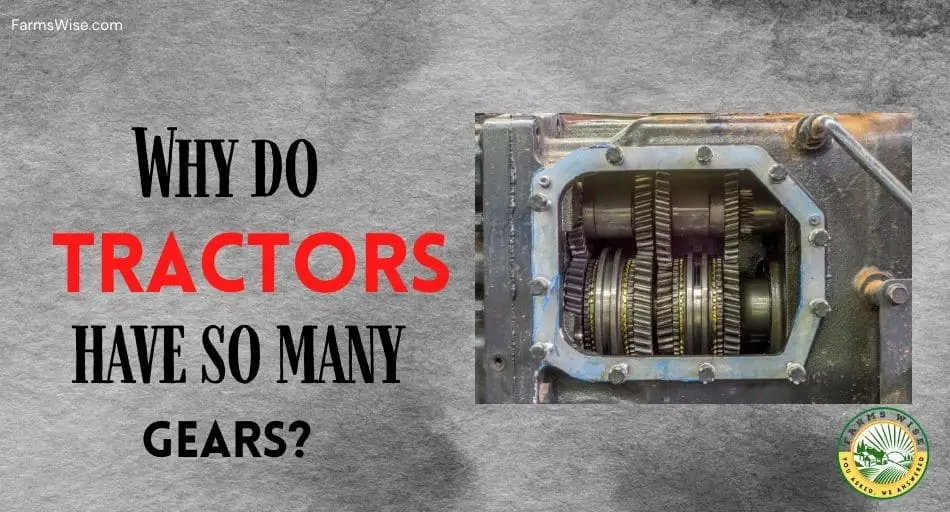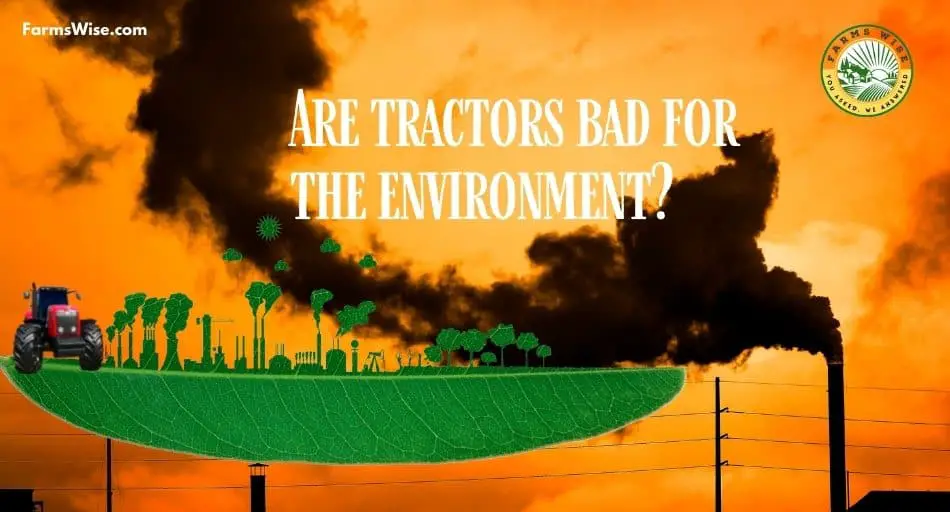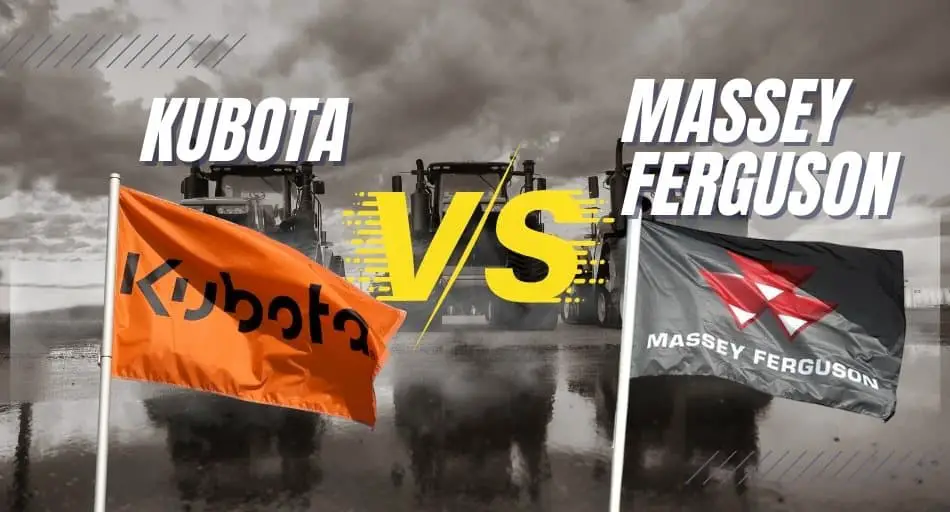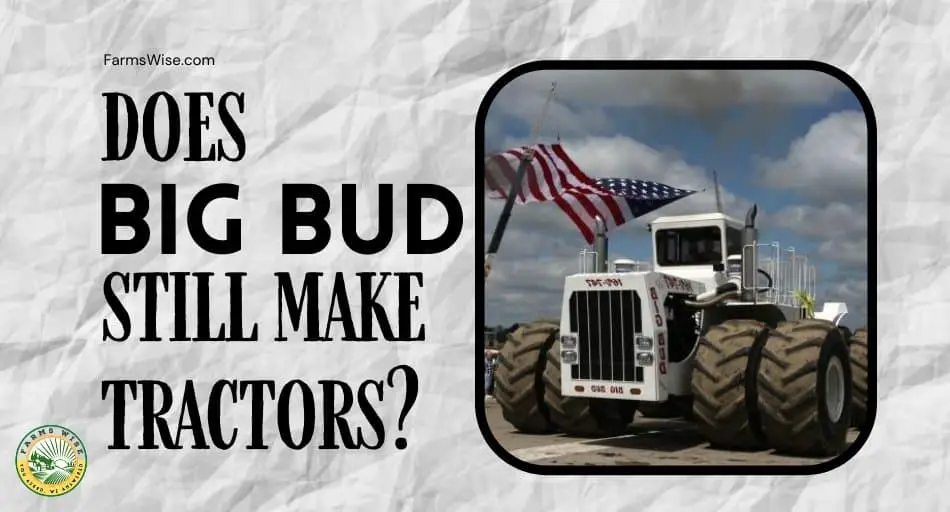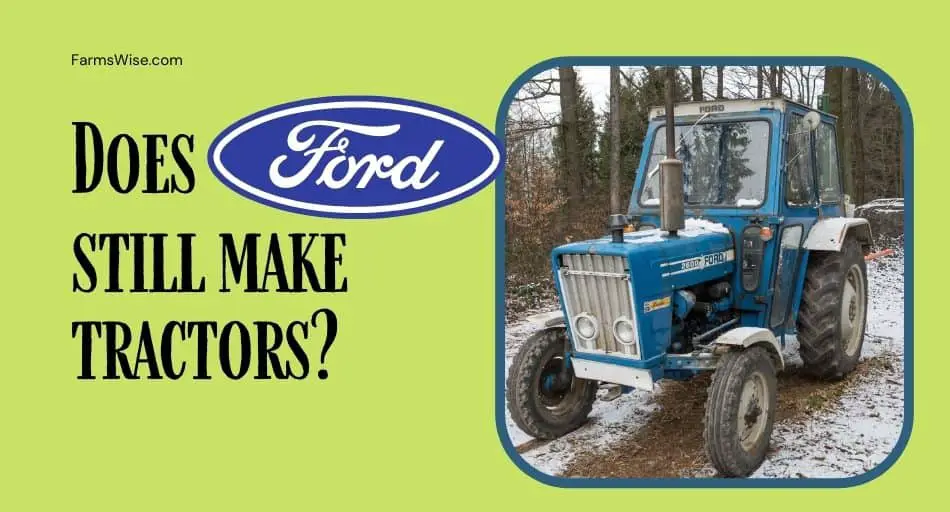Most tractors are heavy beasts. They have to pull the weight required for farm work. The weight will change depending on whether you’re towing, mowing, or powering machinery such as sprayers.
You’re going to need different gears for each job. But why do tractors have so many gears?
Why Do Tractors Have So Many Gears?
Tractors have a lot of gears because of their weight. As tractors are designed for heavy work at low speeds or RPMs, they must have enough gears for you to be able to find their ideal engine speed for good functioning because the opposite would be expensive and inefficient. Tractors use a lot of fuel, and finding the most efficient speed for the job at hand is an important part of maintaining fuel economy.
If you were to run a tractor always in the same gear for every job, you would find it expensive and inefficient. A tractor that isn’t running at the optimal speed will guzzle fuel, may be hard to climb or descend hills with and be difficult to stop.
How many gears do tractors have?
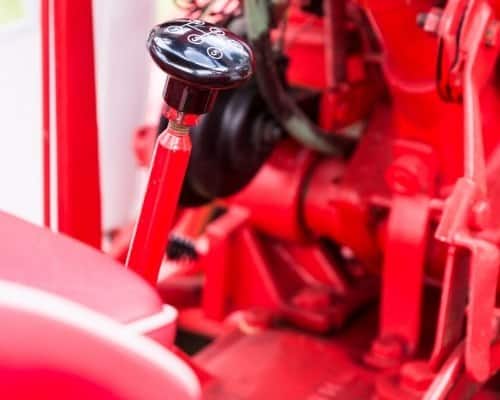
Tractors have more gears than your car, and probably more than most trucks, but it does vary. An older tractor often has a four-speed transmission with either two or three ranges, high and low or high, medium, and low. This adds up to an impressive 8 or 12 gears.
A modern tractor’s transmission can be even more complex with four ranges and six speeds. This brings you to 24 total gears.
If that sounds like it’s getting a little complicated to use, then know that many modern tractors have transmissions that don’t require you to do all the shifting yourself. So even if they’ve got more gears than your old senior tractor, they may be simpler to operate.
Are tractors manual or automatic?
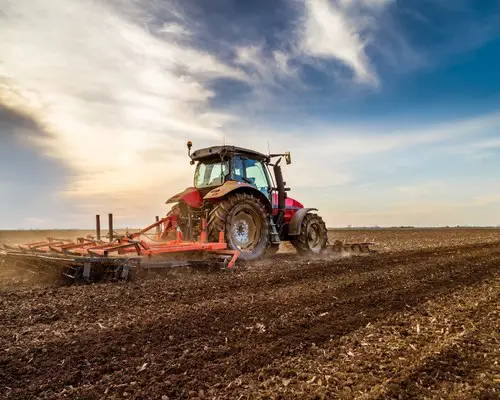
Older tractors usually have a manual shift transmission. And because tractors tend never to die, there are still a lot of manual shift tractors around.
Modern tractors, however, have a lot of intelligent features in their transmissions that make them function quite like a car’s automatic transmissions. In a modern tractor, you often shift gears by pressing an up or down button on the gear stick.
If you want to go from forward to reverse, this is usually controlled by a shuttle lever that you’ll most often find beside the wheel.
Another modern advancement is called progression engagement control. Basically, you set the speed at which the tractor reacts so you can drive without having to engage the clutch at all.
The tractor is kept at the best speed for the job at hand, and you don’t need to worry about fiddling with the clutch or wasting fuel.
Which gear system is best for the tractor?
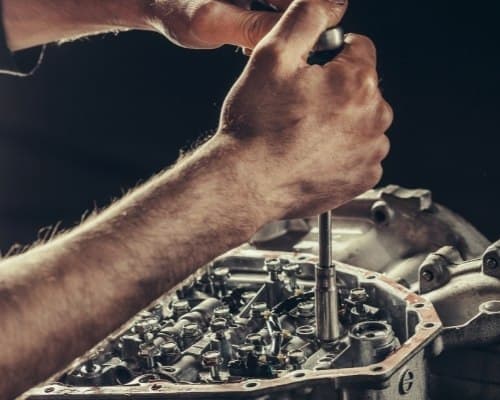
If you’re purchasing a new tractor over 100 HP, you’re probably going to have a choice of a powershift transmission or a CVT, continuously variable transmission. So, which is best?
Powershift transmissions come with a lower upfront cost and are generally cheaper and easier to maintain. The drawbacks are they may not last as long as CVTs. CVTs are usually more expensive and harder to maintain and repair.
On the plus side, they last longer, have a better resale value, are easier to operate, and allow for more accurate speed control leading to better fuel efficiency.
Do tractors have clutches?
An older tractor will have a manual clutch which you’ll be using to shift gears, take off, and change direction. A more modern tractor will likely have a hydrostatic transmission which is like an automatic transmission in a car.
It means that you often don’t need the clutch to increase speeds. You need to use the clutch when you take off and make a drastic change in speed, like from low to high or when you go into reverse.
Can you shift gears while moving on a tractor?

If you’re talking old tractors here, those born before the 1980s, then you will likely need to be stationary to change gears.
In a modern tractor with a manual transmission, then you should be able to change gears while in motion and also switch more quickly between forward and reverse movement.
In a modern tractor with an intelligent transmission, the gear changes may happen for you, and you don’t really need to get involved, or they may require just the press of a button but no clutch engagement.
How many gears do John Deere tractors have?
John Deere has different tractor transmission options available, which come with a set amount or an infinite number of gears. The John Deere-built PowrReverser transmission has a total of 12 forward and 12 reverse gears.
In John Deere tractors with CVT, you don’t need to select and shift gears yourself. The transmission does this for you. You just select the maximum speed you want and allow the CVT to do the rest.
John Deere also has their specially designed IVT, or infinitely variable transmission, which has, as the name suggests, a seamless number of speeds that you can glide through easily with no gaps in between.
Can you start a tractor in any gear?
Unlike cars and other road vehicles, tractors can generally be started in any gear. The best approach is to select the gear best suited to the job at hand and start the tractor in that one.
There’s also often a ‘road gear’ option which you can use if you’re shifting from field to field with no or very lightweight implements attached.
In general, lowers gears are better for pulling heavier implements and engaging in the hard yakka, while the lower gears are best saved for, lighter work.
As with any piece of heavy machinery, it’s important to have a handle on any safety issues around starting and stopping.
So, while there may be many more gear changes happening in today’s modern tractors, they may not be that noticeable to the driver. It all depends on what transmission you decide is best for your purposes or whether or not you’ve still got an old tractor running the fields and ruling the farm.
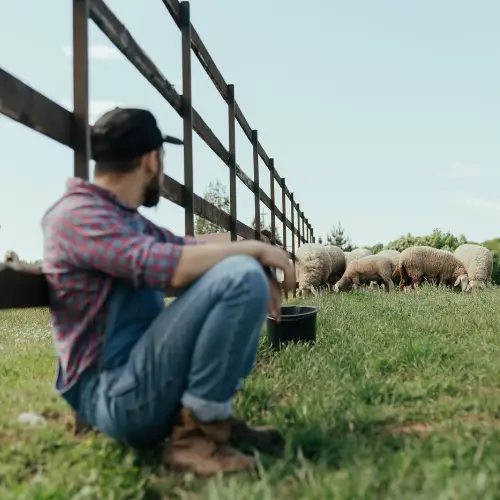
Jack is the owner, chief editor, and senior writer of this website.
Machinery, engines, and farming have always been a passion of his since he was a young boy. Growing up on a small farm in rural America, he learned the value of hard work and dedication from an early age.
After completing his degree in Engineering, he decided to follow his dream and became a farmer in 2009.
Since then, he has gained a wealth of knowledge and experience in the field. He has grown a variety of crops, tended to farm animals, and worked with all sorts of farming machinery. Continue reading…
